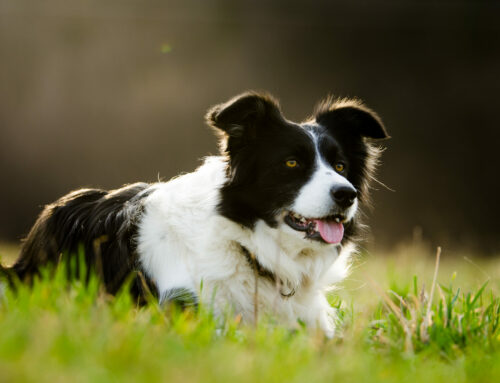Dental disease is the most common problem facing our furry friends, with the majority of both dogs and cats showing some signs of disease by the age of 3. This is a painful condition and is a welfare concern so needs to be managed as soon as it is identified. Fortunately, this is preventable and by working together we can reduce this problem.
Dental disease is caused by growth of bacteria in the plaque which sticks to the teeth. This causes the gums to become red, swollen and painful and can lead to unstable teeth. These unstable teeth are painful when the animal is chewing and can fall out when the dental disease gets worse. The plaque can mineralise and build up over time to form what we call tartar (hard and yellow).
When you have tooth pain you head straight on over to the dentist right? Well unfortunately our dogs and cats can’t show us that they’re in pain very well. Plus, the other signs of dental disease can be subtle and come on gradually, making it hard to spot. This often means that the disease can become severe before it is noticed and treated.
Bad breath, difficulty eating, change of behaviour (more aggressive or grumpy), ungroomed coat, red swollen gums and tartar build-up on their teeth are just a few signs your pet may show if they are experiencing dental problems. If you are seeing these you should bring your pet in to see one of our vets to check, get advice and treatment.
Dental disease is normally picked up by people noticing these signs in their pets and bringing them to us, or can be noticed by one of our vets or nurses at other appointments when the mouth is checked, such as vaccinations.
One of our vets will check the mouth of your pet to look for signs of dental disease, but it’s very difficult to get a full look at the mouth when an animal is awake as you can probably imagine! It is much less stressful for the animal and we can get a better idea of what is going on if the animal has a general anaesthetic, so this is done if there are signs of severe dental disease, or if you would like this investigated further. Vets often just call this a ‘dental’ – everything that is included in this is as follows:
- Check of all the gums and teeth.
- Removal of all the tartar.
- Taking out any painful, diseased teeth.
- ‘Scale and polish’ – using a scaler, the plaque on the teeth is removed to get rid of the bacteria causing this disease. Then they are polished to give them that white sparkle.
After a ‘dental’ where teeth are removed, your pet will have pain relief prescribed by the vet and should have soft food for at least a few days to keep them comfortable and eating well. After recovery from the procedure the pet should have some prevention to stop this from happening again.
The number 1 way to stop dental disease is by brushing your pet’s teeth! This may sound unrealistic and you may be thinking “my dog will never let me brush their teeth” but this is doable and you would be surprised how easy it can be. Working up to brushing your pet’s teeth on a regular basis takes time and effort, but I assure you that if you put in the effort then your pet will be happier and have much healthier teeth in the long run. Here are some useful tips to get you started:
- Buy some cat/dog friendly toothpaste and a finger toothbrush – you can pick these up from us, or at any local pet store.
- Start small – begin just by getting them to lick the toothpaste from your finger.
- Gradually build it up – from licking it off the toothbrush to putting it into your pet’s mouth and brushing, take it steady so that they will let you do it regularly.
- Make it a positive experience for both of you – give treats and plenty of strokes and cuddles.
- Keep it short – pets will tolerate short sessions much better.
Along with teeth cleaning you can also use dental diets or dental chews, these are designed to stop the build-up of tartar on the teeth and can help to keep your pet’s teeth healthy – although they don’t clean below the gum line so aren’t a substitute for brushing. Also, watch out for the calories – some of these are really high fat and can lead to a waist-line problem!
If you would like more advice on teeth brushing or are concerned about your pet’s teeth, then book an appointment to see one of our vets or nurses – we would be delighted to see you.



